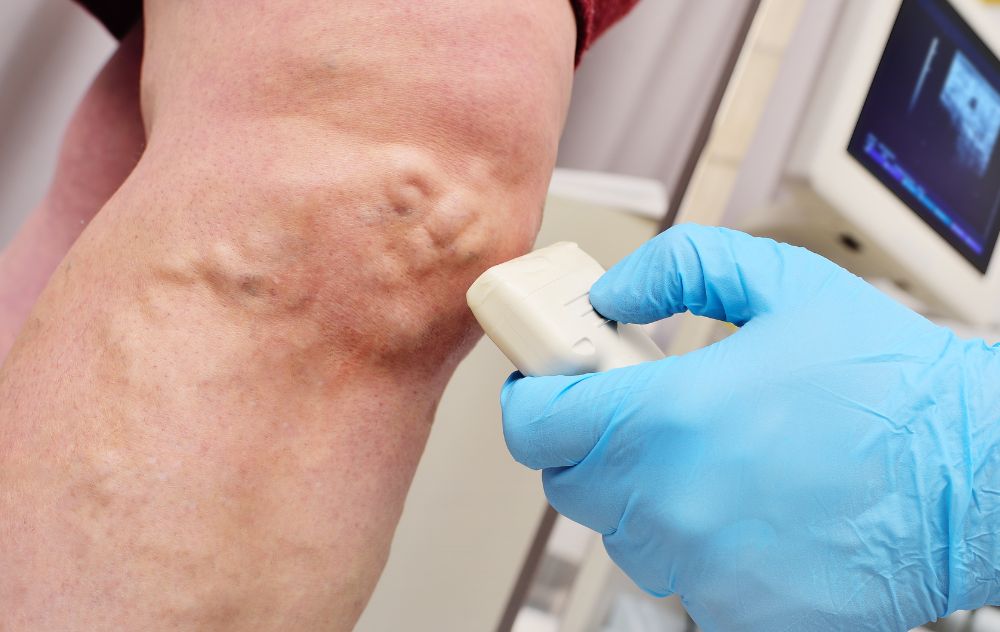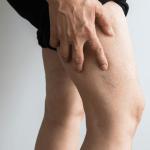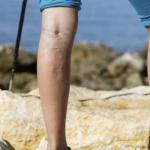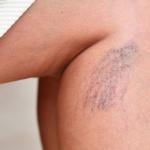
Understanding what’s happening beneath the surface of your legs is the first step toward lasting relief. While varicose veins are often brushed off as a cosmetic concern, they can signal underlying vein disease that disrupts healthy circulation and impacts your daily life. Getting an accurate diagnosis not only reveals the cause of your symptoms but also helps your provider create a personalized treatment plan that targets the root issue. Whether you’re noticing visible veins or dealing with leg pain, swelling, or heaviness, here’s what you should know.
Why Honest, Personalized Vein Evaluation Matters
Every person’s health story is unique, and so is every case of varicose veins. That’s why an accurate diagnosis requires more than just a quick glance. It demands honesty — from both the patient and provider.
When you come in for a vein evaluation, sharing your symptoms honestly, even if they feel embarrassing or minor, helps your provider get a complete picture of what’s going on. Pain that comes and goes, throbbing, itching, leg fatigue, or even skin discoloration — these all matter. Being open helps ensure your diagnosis is not only correct but tailored to your life and needs.
How to Get Diagnosed for Varicose Veins
It’s recommended to see a vein specialist for an accurate varicose vein diagnosis. Vein specialists will have the right tools to look inside your veins, identify areas where damage has occurred, and provide the best treatment for your condition.
1. It Starts With a Physical Exam
Diagnosis usually begins with a thorough discussion of your symptoms and a physical exam. Your provider will:
- Examine your legs while you’re standing and sitting
- Check for signs like swelling, skin discoloration, or
- Ask about symptoms such as aching, heaviness, or leg fatigue
- Review your personal and family history of vein problems
Even if your veins aren’t visibly bulging, you might still have a vein condition that requires evaluation.
2. A Venous Ultrasound or Vein Mapping
The gold standard for diagnosing varicose veins is a duplex ultrasound. This non-invasive test lets your provider:
- See inside your veins and assess blood flow in real time
- Detect valve dysfunction, which causes blood to pool in your legs
- Identify blockages or clots
- Determine the precise location and severity of vein damage
The test is painless and typically takes 30–60 minutes. It’s performed while you’re standing or lying down, depending on which veins need to be evaluated.
2a. Venous Reflux Testing
Sometimes part of the duplex exam, this test checks how long it takes blood to flow backward (reflux) in your veins. Prolonged reflux indicates valve failure, which is a key factor in venous insufficiency.
3. Personalized Diagnosis & Treatment Plan
Based on your symptoms, test results, and individual health background, your provider will explain:
- What kind of vein disease you may have
- How severe it is
- What treatment options are available to help you feel and function better
USA Vein Clinics provides minimally invasive procedures that effectively treats symptoms while lowering the risk of potential complications of vein disease.
Why Getting the Diagnosis Right Is So Important
Vein disease is progressive — meaning it can worsen if left untreated. An accurate diagnosis ensures:
- The right treatment is chosen (like EVLT, sclerotherapy, or VenaSeal)
- Insurance coverage is correctly supported by clinical evidence
- Long-term outcomes are improved, reducing risk of ulcers or serious complications
What Happens After Varicose Vein Diagnosis?
Once your provider has reviewed your ultrasound results, they’ll create a customized treatment plan. This may include:
- Lifestyle changes like compression stockings and leg elevation
- Minimally invasive treatments such as sclerotherapy, laser vein treatment or vein ablation
- Ongoing monitoring to prevent future issues
Early diagnosis helps preserve your mobility, improve comfort, and boost your confidence.
Diagnosis Is a Partnership
Getting evaluated for varicose veins is about more than finding a medical issue — it’s about finding a solution that fits your body and your life. When patients and providers work together with transparency and care, it leads to better outcomes and lasting relief.
If you’re experiencing signs of varicose veins, don’t wait. Schedule a vein consultation today and take the first step toward feeling better from the inside out.
Take the First Step Toward Relief
A vein screening is quick, painless, and can give you the answers you’ve been waiting for. If you suspect varicose veins, don’t wait for symptoms to worsen. A diagnosis today could lead to treatment that gets you back to feeling your best tomorrow.
USA Vein Clinics offers easy online scheduling for new patients seeking help for their varicose veins. You can also call the toll-free number to speak with a Care Team member, who can verify your health insurance as you schedule. USA Vein Clinics participates with most health insurance providers.
With over 168 locations nationwide, USA Vein Clinics offers convenient access to vein care. Find a location near you to start your journey toward healthier legs.





